Lubricating systems are systems used to assist the smooth and healthy operation of rotating machinery parts like gears, bearings, dies, chains, spindles, cables, pumps, and rails. Manual lubricating methods (e.g. with a grease gun) are typically performed on schedule by an individual worker. Read More…
Graco's lubrication equipment division manufactures products used to dispense, meter and transfer motor and gear oils, grease, hydraulic and transmission fluids, antifreeze and other specialty lubricants. Our team of designers and engineers are committed to providing quality technical service and support on all our products. Call us or visit our website today!
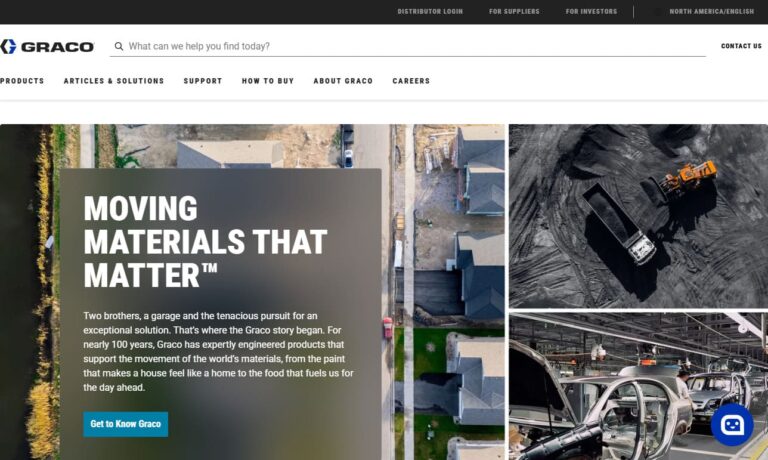
At LSP Industries, Inc., we specialize in delivering comprehensive lubrication system solutions tailored to meet the demanding needs of modern industries. We pride ourselves on our ability to design, manufacture, and support innovative lubrication systems that optimize machinery performance and ensure operational efficiency. Our team combines decades of expertise with state-of-the-art technology...
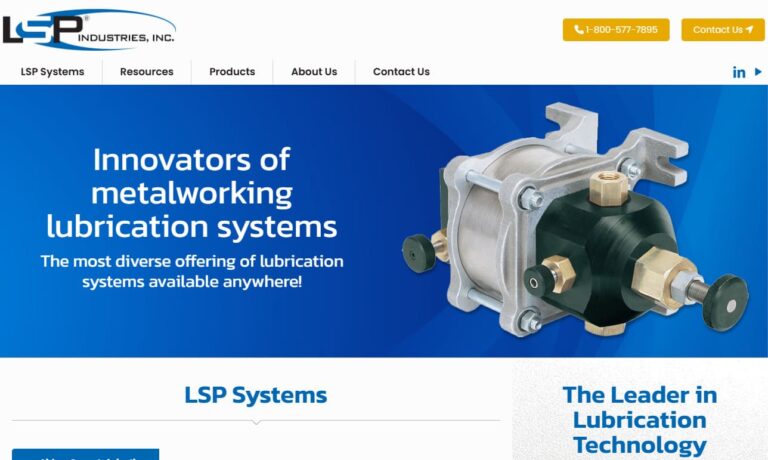
The expert team at American Design & Manufacturing has over 100 years of combined knowledge in the design of customized lubrication systems, hydraulic equipment, heat transfer systems, gearbox assembly, cleaning equipment, specialty fabrication and test equipment. We utilize state of the art equipment and CAD design systems to create the best lubrication and other equipment for your application.
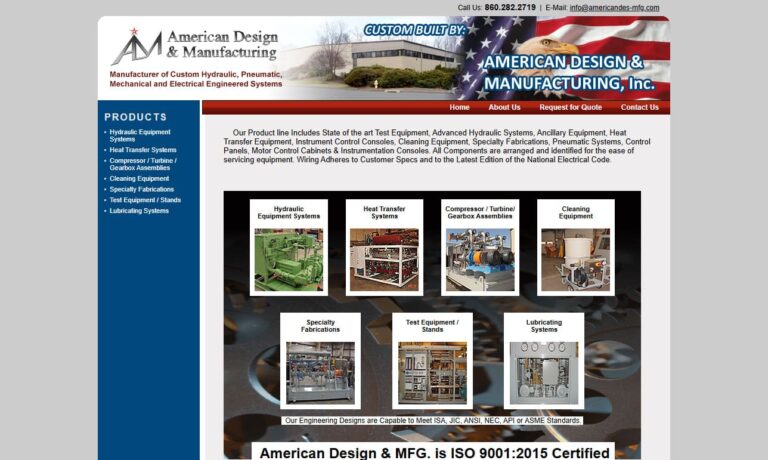
At Oil-Rite Corporation, we specialize in designing and manufacturing high-quality lubrication systems that enhance the efficiency and longevity of industrial machinery. Our expertise lies in providing innovative solutions that ensure precise and reliable lubrication, reducing wear, minimizing maintenance costs, and optimizing performance across a wide range of industries.
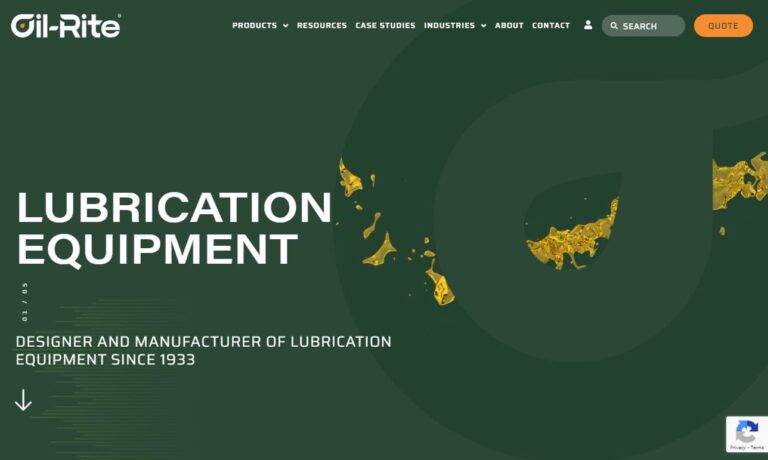
At Impact Fluids, we specialize in the development and delivery of high-performance lubricating systems designed to meet the rigorous demands of modern industrial operations. We take pride in offering advanced lubrication solutions that enhance equipment reliability, extend service life, and minimize downtime across a wide range of applications.
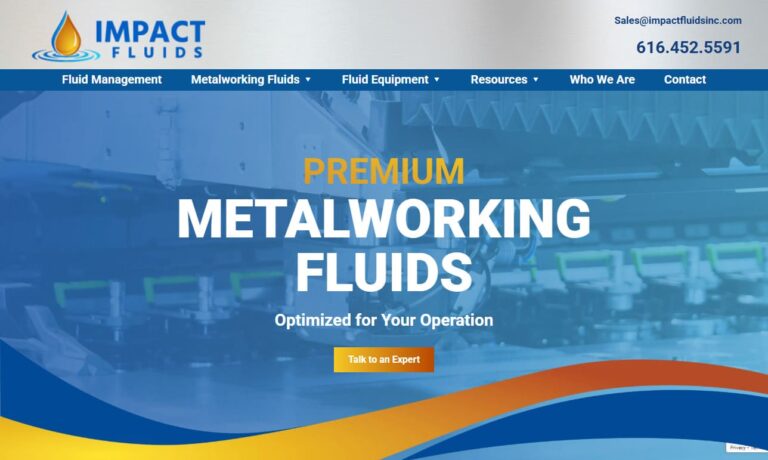
More Lubricating System Manufacturers
Most industrial lubrication systems today are automatic, using preprogrammed settings to deliver lubricant precisely and consistently to critical machine components—without requiring constant human oversight. Known as automatic lubrication systems (ALS) or centralized lubrication systems, these solutions optimize maintenance processes by supplying precise amounts of lubricant to various parts of a machine in real time, as needed. Their advanced technology makes them indispensable in modern manufacturing, heavy equipment operations, and other demanding industrial environments.
Importance of Lubrication Systems
Proper lubrication is arguably the most critical factor in ensuring reliable industrial equipment operation and minimizing unplanned downtime. Without effective lubricating systems, many industrial and manufacturing processes would suffer from increased friction, excessive heat, and accelerated component wear. This can rapidly lead to more frequent maintenance needs and costly repairs. In fact, without lubrication, industrial bearings typically last less than 10% of their potential lifespan, dramatically shortening equipment life cycles. Machinery that requires constant or emergency maintenance increases production downtime and negatively impacts overall productivity and profitability. In the U.S., studies estimate that over 50% of total industrial bearing failures are due to inadequate lubrication, highlighting the essential role of modern lubrication technology.
Are you wondering how to extend the lifespan of your machinery and reduce unexpected breakdowns? Explore our lubricating systems buying guide for detailed advice on maximizing uptime and minimizing maintenance costs.
Common Lubricants for Lubrication Systems
Industrial lubricants used within lubrication systems can exist in various forms, including solids, solid/liquid dispersions, liquids, greases, and even gases. The most crucial characteristic of any lubricant is its viscosity—that is, its resistance to flow under force. Viscosity helps determine a lubricant’s ability to remain in place and provide a protective film between moving parts. The thickness (or consistency) of the lubricant is also an important secondary characteristic, especially in high-load or high-speed applications.
Typically, lubricating systems use either oil-based lubricants or greases:
- Oil: An excellent lubricant due to its relatively high viscosity and ability to minimize surface contact and heat generation. Mineral oils, such as petroleum-based oils, are considered optimal for many industrial lubrication applications because of their stability and resistance to degradation. They are commonly used in automatic oil lubrication systems for manufacturing and machining equipment.
- Grease: A semisolid lubricant created by mixing mineral or vegetable oil with thickening agents, typically soaps. Industrial greases are more viscous than oils, making them well-suited for applications that require long-lasting lubrication and infrequent reapplication. Modern synthetic greases—made from silicones, hydrogenated polyolefins, fluorocarbons, and esters—are increasingly popular due to their extended operational range, environmental benefits, and cost-effectiveness. Synthetic lubricants are often selected for environments with extreme temperatures or challenging operating conditions.
Grease is typically applied to parts that require less frequent lubrication, such as bearings in heavy machinery, conveyor chains, or other components that are difficult to service regularly. Oils, on the other hand, are preferred in high-speed applications where rapid heat dissipation and minimal drag are essential, such as in CNC machines or precision manufacturing equipment.
How Lubrication Systems Work
An automatic lubrication system (ALS) is engineered to lubricate various machine parts simultaneously by integrating directly with the equipment’s control system. While these systems are often fully automated, some may require manual engagement, such as activating a pump or pressing a start button, to begin operation.
Automatic lubrication systems can differ significantly in terms of compatibility and configuration. However, they all consist of five essential components that work together seamlessly to deliver precise lubrication:
- Controller/Timer: Activates and deactivates the lubrication system, either externally or via a timer integrated into the pump. Smart lubrication controllers can be programmed for custom lubrication intervals, ensuring optimal equipment protection.
- Pump: Moves lubricant from the storage reservoir to the main system. Pumps are available in a variety of types, including electric, pneumatic, and manual, each suited for different system sizes and requirements.
- Supply Line: Connects the pump to the metering valves or injectors, allowing lubricant to flow efficiently throughout the system.
- Metering Valves/Injectors: Measure and dispense precise amounts of lubricant into the feed lines, ensuring that each lubrication point receives the correct volume.
- Feed Lines: Deliver the lubricant directly to designated application points, such as bearings, gears, chains, or slides.
Types of Lubrication Systems
Lubrication systems come in a wide range of configurations and applications. One of the more convenient ways to categorize automatic lubrication systems is by their method of operation and system architecture. This classification helps users select the ideal solution for their specific industrial or commercial needs.
Single Line Progressive Lubricating Systems: These systems move lubricant progressively through a sequence of metering valves. A single shot of lubricant from the pump initiates the process, after which a series of valves or pistons sequentially channels the lubricant to bearings or other application points. A timer or feedback mechanism eventually halts the progression, ensuring even distribution and reducing the likelihood of under-servicing any point. Progressive systems are ideal for equipment with numerous lubrication points that must be serviced in a specific order, such as packaging machinery, printing presses, or automated assembly lines.
Parallel Lubrication Systems: Unlike progressive systems, parallel lubrication systems employ multiple parallel circuits of valves or injectors. Each injector is dedicated to a single point of lubricant application, providing redundancy and flexibility. Parallel lubrication systems are available in single-line or double-line (dual-line) formats. In both types, pressurized lubricant is vented back to the reservoir during the lubrication process. Single-line parallels achieve this by shutting off the pump, whereas double-line parallels utilize a second supply line and reversing valves to alternate lubrication cycles. Double-line systems are especially suited for large, complex equipment such as mining trucks, cranes, and steel mills.
Application-Specific Lubrication Systems: Automatic lubrication systems are also classified by their specific use cases. Some common examples include:
- Chain Oilers: Designed for railways, conveyor chains, and industrial chains to ensure continuous and precise oil application, reducing wear and extending chain life.
- Air Lubricators: Provide both lubrication and filtration for compressed air lines, preventing corrosion and wear in pneumatic tools and actuators. These are often integrated into air supply lines in factories and workshops.
- Gas Pump Lubricators: Prevent fuel pumps from drying out, minimizing friction and extending the service life of gas pumps in automotive or fueling applications.
- Chain Spray/Brush Lubrication Systems: Used in food manufacturing ovens and conveyorized systems, these ensure even lubricant application in high-temperature environments.
- Constant Level Oilers: Maintain precise fluid levels in bearings, gearboxes, pump housings, and pillow blocks, protecting against moisture loss and reducing operational friction.
It’s worth noting that internal combustion engines use force-feed or pressure-feed automatic lubrication systems, often aided by auxiliary pumps, to maintain engine performance and reliability.
Multi-Point Lubrication Systems: Characterized by a distribution block that receives lubricant from a single unit and directs it through multiple hoses to separate lubrication points, such as bearings and gearboxes. Multi-point systems are widely used in large industrial plants, paper mills, and food processing facilities.
Other specialized lubrication system types include multi-port direct lubricating systems, mist lubrication systems, minute volume/low-pressure spray systems, recirculating oil lubrication systems, and single-line resistance lubrication systems. Selecting the right configuration is crucial to achieving optimal performance and minimizing operational costs.
Advantages of Automatic Lubricating Systems
Automatic lubricating systems offer several significant advantages over traditional manual lubrication methods, making them a compelling choice for modern industrial operations. Here are some key benefits:
- Consistency: Automatic systems provide frequent, consistent, and real-time lubrication, which is essential for maintaining machine longevity and high performance. Unlike manual methods, which may result in over-lubrication (wasted lubricant) or under-lubrication (increased wear), automatic systems deliver precise volumes at controlled intervals, extending equipment life and reducing replacement costs.
- Worker Safety: These systems reduce physical risks associated with manual lubrication, particularly when maintenance must be performed on running or hard-to-reach machinery. By automating the process, worker exposure to hazardous conditions is minimized, resulting in a safer work environment.
- Operational Efficiency: Since automatic systems lubricate machinery while it’s in operation, they significantly reduce industrial downtime, increase equipment availability, and improve time efficiency. Plants can maintain higher throughput and avoid costly shutdowns for routine maintenance.
- Cost Savings: The combined benefits of improved consistency, safety, and efficiency result in substantial cost savings. Reduced lubricant waste, fewer maintenance interventions, and longer equipment lifespans all contribute to a lower total cost of ownership. Calculating ROI, often with the help of a lubrication system manufacturer, easily demonstrates the advantages of using centralized systems over manual methods.
- Environmental Benefits: Automated systems minimize lubricant waste and reduce the risk of spills or over-application, leading to a cleaner, more sustainable operation and easier compliance with environmental regulations.
Applications of Lubrication Systems
Lubrication systems are essential across a broad range of industries and applications, wherever machinery or mechanical equipment is in constant use. Industries that benefit most from advanced lubrication systems include:
- Automotive Manufacturing: Protects robotic arms, conveyors, and assembly line equipment from premature wear.
- Food and Beverage Processing: Maintains hygiene and equipment integrity in mixers, packaging machines, and ovens.
- Mining and Heavy Equipment: Keeps excavators, loaders, and crushers operating smoothly, even under extreme conditions.
- Printing and Packaging: Ensures high-speed presses and packaging lines run with minimal stoppages.
- Steel and Paper Mills: Maintains continuous operation of rolling mills, presses, and paper machines where downtime is costly.
- Power Plants and Oilfields: Protects turbines, pumps, compressors, and drilling rigs from harsh operational stresses.
- Residential and Commercial Applications: Used in elevators, HVAC systems, computer fans, and automobile maintenance for quieter, longer-lasting service.
From small machine shops to large-scale industrial plants, lubrication systems help maximize uptime, reduce maintenance expenses, and support predictable production schedules.
Care and Upkeep of Lubrication Systems
Despite their automation, lubrication systems require regular maintenance and monitoring to ensure peak performance and reliability. Routine inspections help identify issues such as loose or damaged lines, clogged injectors, or leaks that can lead to over-lubrication or under-lubrication—both of which can be as hazardous as inadequate lubrication.
- Daily Checks: Inspect the system visually at least once daily to detect any obvious faults, leaks, or disconnected lines.
- Scheduled Maintenance: Replace or service system components, such as pumps, injectors, and metering valves, at manufacturer-recommended intervals to prevent unexpected failures.
- Filter Replacement: Ensure that system filters are cleaned or replaced regularly to prevent contamination and maintain optimal lubricant flow. Contaminated lubricants can quickly damage sensitive machinery.
- Lubricant Storage: Store lubricants in temperature-controlled environments, away from extreme heat or cold, to preserve their viscosity and chemical integrity. Fluctuating temperatures can degrade lubricant performance and shorten equipment life.
Choosing an Automatic Lubrication System
When planning to install or upgrade one or more lubricating systems, there are several important considerations to ensure you choose the right solution for your specific needs. The decision-making process should be guided by a clear understanding of your equipment, operational environment, and maintenance objectives.
- Type of Lubricant: Decide between oil-based and grease-based systems. For stationary manufacturing equipment, such as CNC milling machines and lathes, oil-based lubricating systems are ideal. Conversely, grease systems are better suited for mobile units like trucks, construction equipment, agricultural machinery, and mining equipment, where longer-lasting protection is required.
- Compatibility: Ensure that the chosen lubricant matches the operating temperatures, speeds, and loads of your machines. Some oil bases offer better thermal stability, while certain synthetic greases resist washout or breakdown under severe loads. Always consider the working environment, exposure to contaminants, and regulatory standards when selecting a lubricant.
- System Configuration: Choose the system architecture that best meets your operational requirements. Progressive systems offer early warning of component failures but may halt lubrication if any line is blocked. Parallel systems provide redundancy, ensuring continued operation even if some lines are compromised—ideal for critical uptime scenarios. Double-line parallel systems are especially useful for long-distance lubrication or extreme temperatures.
- Automation and Monitoring: Modern lubrication systems can be integrated with plant automation and IIoT (Industrial Internet of Things) platforms, providing real-time monitoring, fault alerts, and data logging for predictive maintenance. Consider systems with advanced sensors and remote diagnostics for increased reliability and reduced manual intervention.
- Supplier Selection: Partner with a supplier known for high-quality products, technical expertise, and responsive customer service. The best suppliers offer custom solutions, a variety of components (filters, pressure gauges, grease fittings), and ongoing technical support. Be wary of restrictive packages that require purchasing lubricant exclusively from the supplier to maintain warranty privileges—choose a partner who prioritizes your operational needs.
Still unsure which lubrication system is right for your equipment? Request a free consultation with our lubrication specialists for tailored recommendations and product comparisons.
Choosing the right lubrication system is a strategic investment that pays dividends through increased equipment reliability, reduced maintenance costs, and improved workplace safety. By understanding your unique operational requirements, you can select a system that delivers maximum value and long-term peace of mind.
Conclusion: Maximizing Performance with Lubrication Systems
Automatic and centralized lubrication systems are essential components of modern industrial maintenance strategies. They deliver precise lubrication to critical machine components, enhance operational efficiency, reduce downtime, and extend equipment lifespans. By selecting the right system type, lubricant, and supplier, businesses can realize significant cost savings and operational benefits—while ensuring a safer, more productive workplace.
Ready to upgrade your facility’s lubrication strategy? Contact our team to discuss your requirements, request a quote, or schedule an on-site assessment. Invest in the future of your machinery with a state-of-the-art lubricating system tailored to your needs.
What is an automatic lubrication system and how does it work?
An automatic lubrication system (ALS), also known as a centralized lubrication system, delivers lubricant precisely and consistently to critical machine components using preprogrammed settings. These systems integrate directly with a machine’s control system and dispense the correct amount of lubricant to various parts in real time, often with minimal human oversight, optimizing maintenance and extending equipment life.
Why are lubrication systems important in industrial environments?
Lubrication systems are vital because they reduce friction, minimize heat, and slow down component wear, ensuring reliable operation of industrial equipment and reducing unplanned downtime. Without proper lubrication, machinery components like bearings can fail prematurely, increasing maintenance costs and production downtime. Over 50% of industrial bearing failures are attributed to inadequate lubrication.
What types of lubricants are used in lubrication systems?
Lubrication systems commonly use oil-based lubricants or greases. Mineral oils are favored for their stability, especially in manufacturing and machining equipment. Greases, which are thicker and longer-lasting, are best for components that require infrequent lubrication. Synthetic greases, made from silicones and other compounds, are chosen for extreme temperatures or environmental benefits.
What are the main types of automatic lubrication systems?
Key types include single line progressive systems, which sequentially distribute lubricant; parallel systems, with independent circuits for redundancy; and application-specific systems like chain oilers or air lubricators. There are also multi-point systems, mist lubrication systems, recirculating oil systems, and single-line resistance systems, each suited for different applications and industry needs.
What are the advantages of automatic lubrication systems compared to manual lubrication?
Automatic lubrication systems provide consistent and precise lubrication, reduce the risks and labor costs associated with manual greasing, enhance worker safety, and minimize machinery downtime. They also help prevent over-lubrication and under-lubrication, leading to longer equipment lifespans, lower maintenance costs, and a cleaner, more environmentally friendly operation.
In which industries are lubrication systems commonly used?
Lubrication systems support a wide variety of industries, including automotive manufacturing, food and beverage processing, mining, heavy equipment, printing, packaging, steel and paper mills, power plants, oilfields, and also residential applications such as elevators and HVAC systems. They are essential wherever machinery operates continuously and reliably.
What maintenance is required for lubrication systems?
Regular maintenance includes daily visual checks for leaks or damage, timely replacement of filters and system components like pumps or valves, and proper lubricant storage in temperature-controlled environments. Periodic inspections are necessary to prevent issues like over-lubrication, under-lubrication, or contamination that could harm machinery.
How do you choose the right automatic lubrication system for your equipment?
Choosing the right system involves considering the type of lubricant (oil or grease), compatibility with your equipment’s operating conditions, system configuration (progressive or parallel), desired level of automation and monitoring, and supplier support. Consulting with a specialist can help ensure you select a system that maximizes performance, reliability, and cost efficiency.


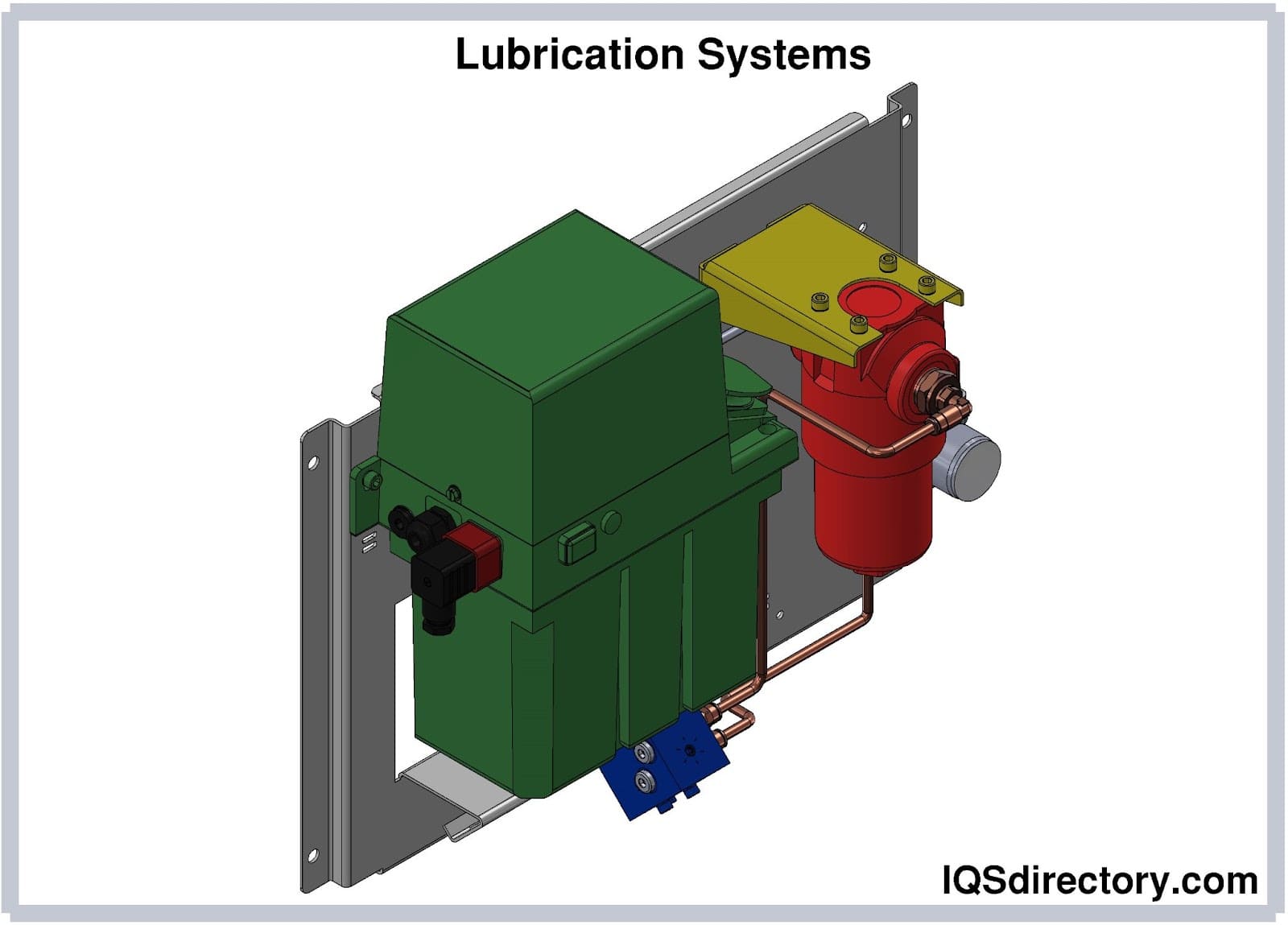
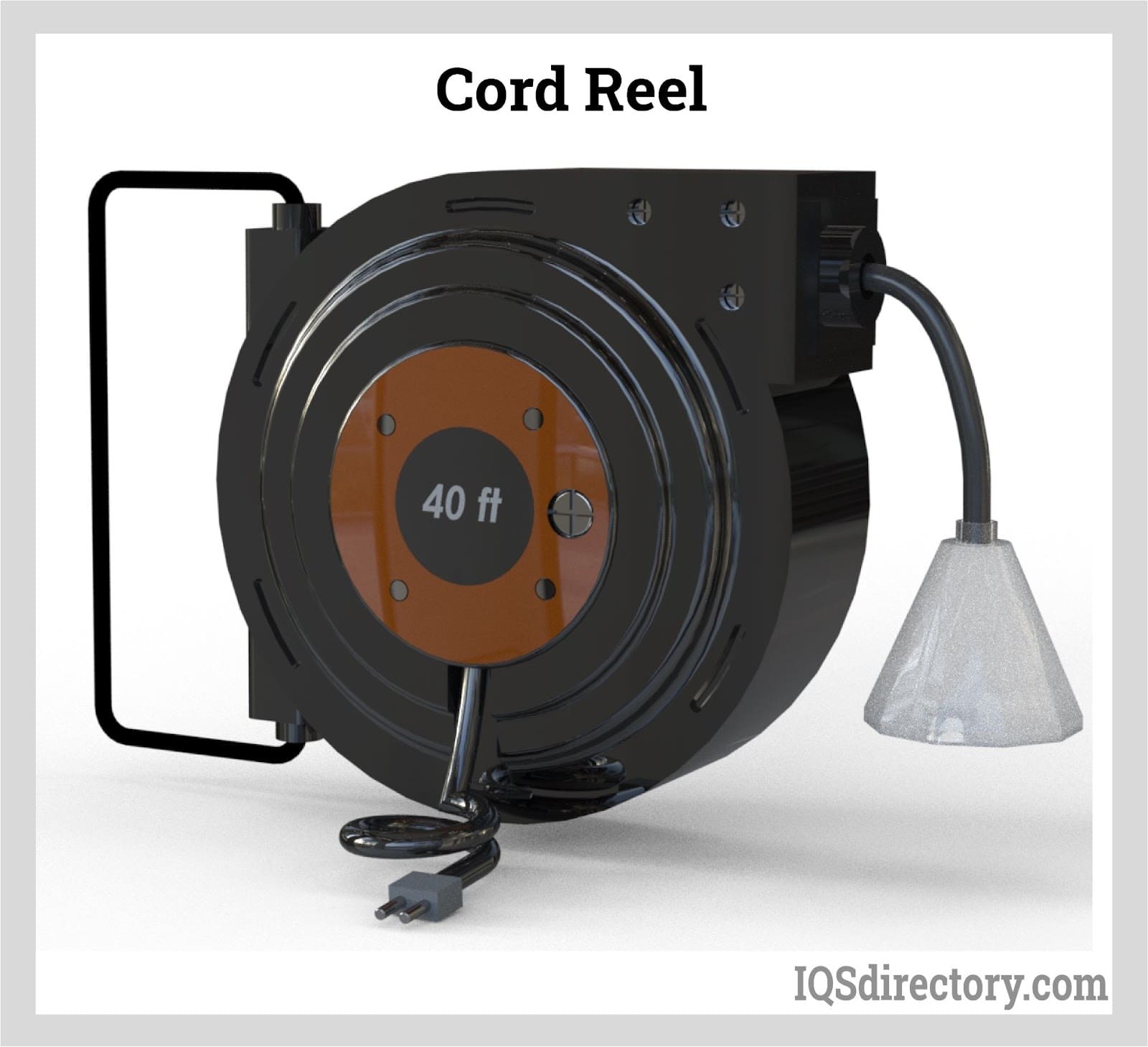
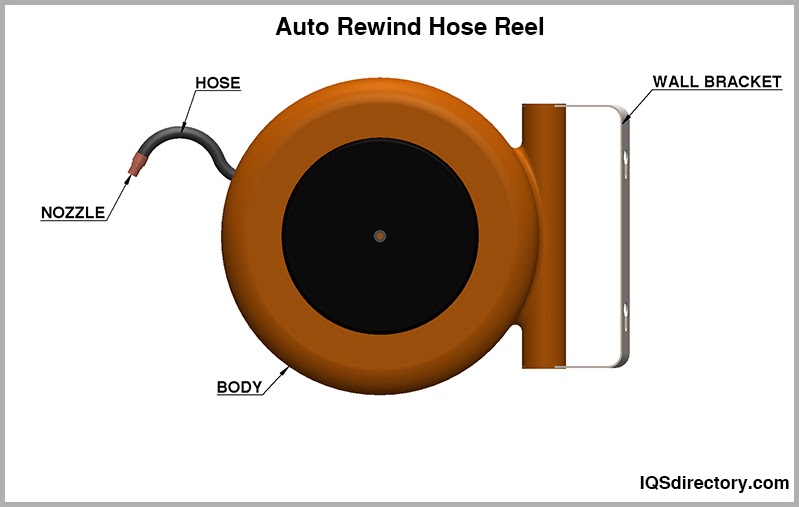

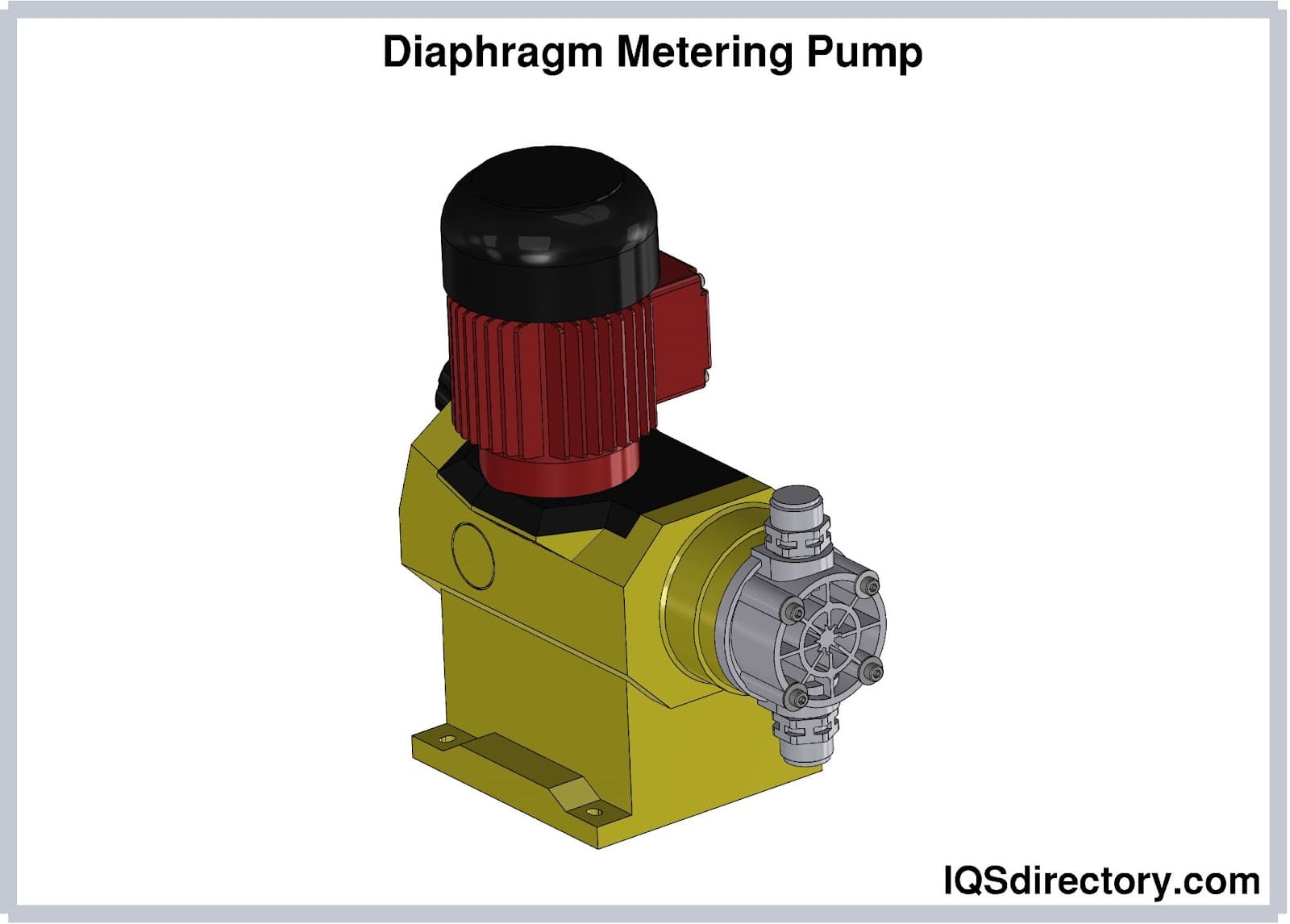

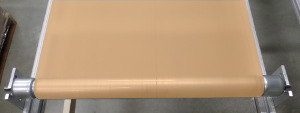 Conveyor Belting
Conveyor Belting Conveyor Systems
Conveyor Systems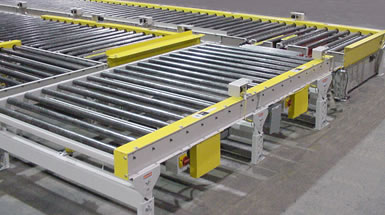 Conveyors
Conveyors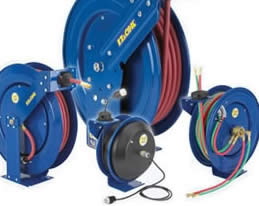 Hosereels
Hosereels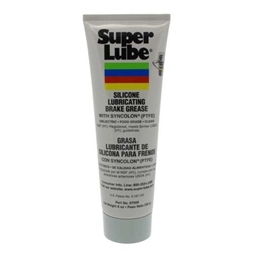 Industrial Lubricants
Industrial Lubricants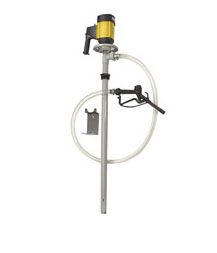 Lubricators
Lubricators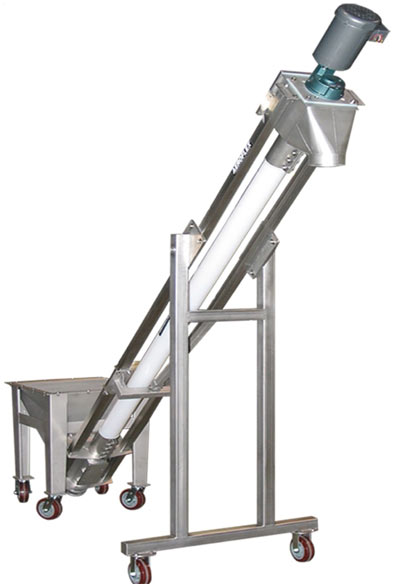 Screw Conveyors
Screw Conveyors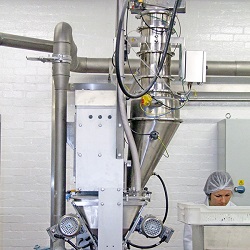 Pneumatic Conveyors
Pneumatic Conveyors AGV
AGV Air Pollution Control
Air Pollution Control Assembly Machinery
Assembly Machinery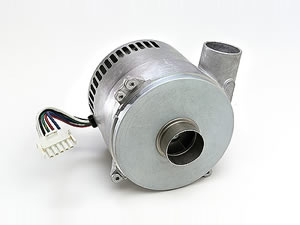 Blowers
Blowers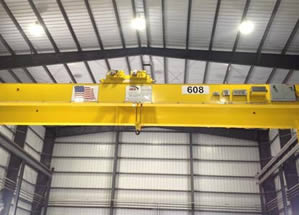 Cranes
Cranes Deburring Machinery
Deburring Machinery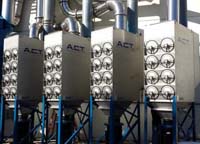 Dust Collectors
Dust Collectors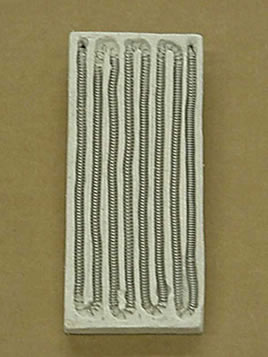 Heaters
Heaters Hose Reels
Hose Reels Mezzanines
Mezzanines Modular Buildings
Modular Buildings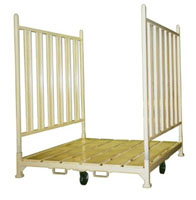 Storage Racks
Storage Racks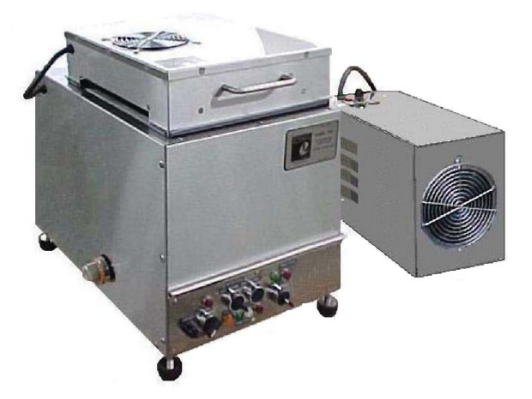 Ultrasonic Cleaners
Ultrasonic Cleaners Work Benches
Work Benches